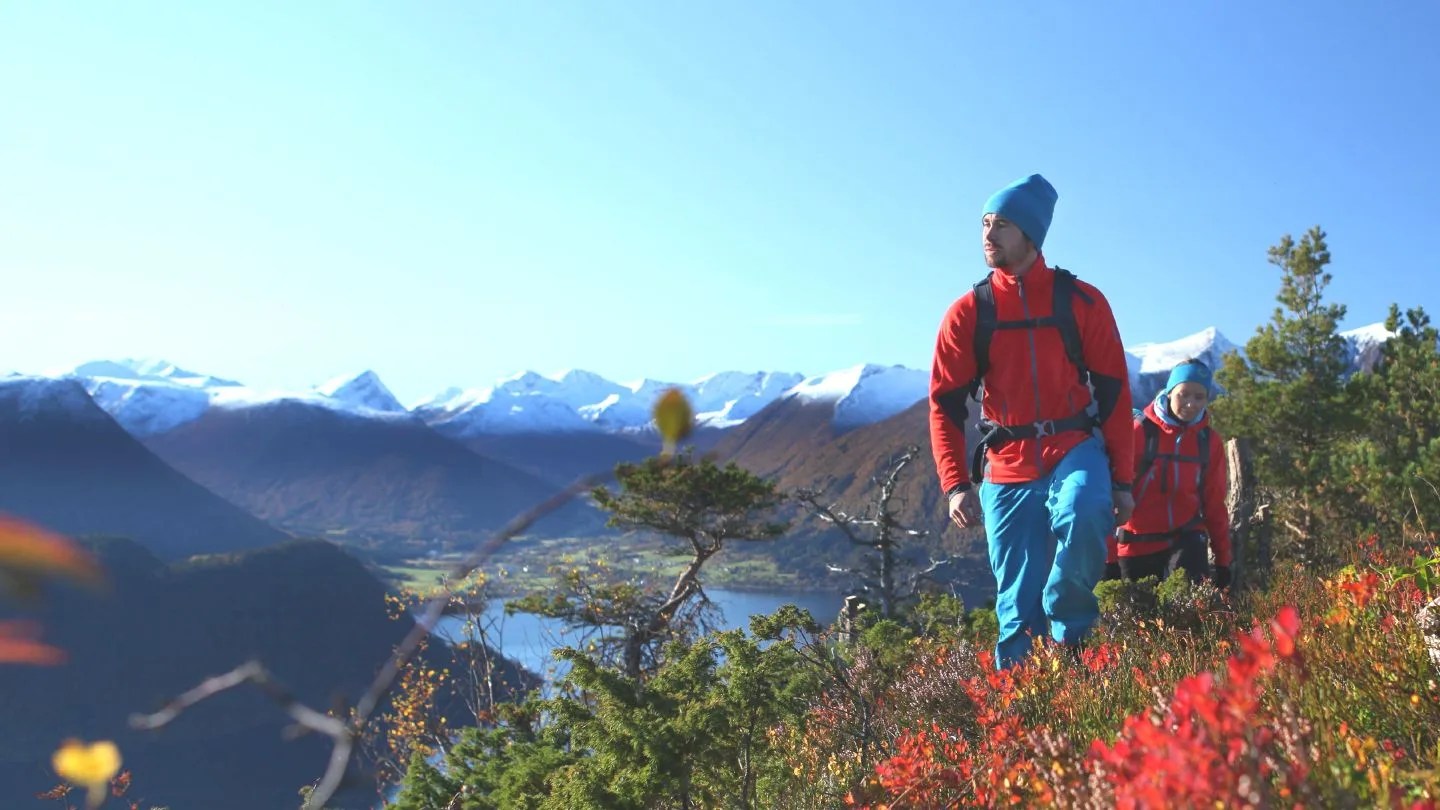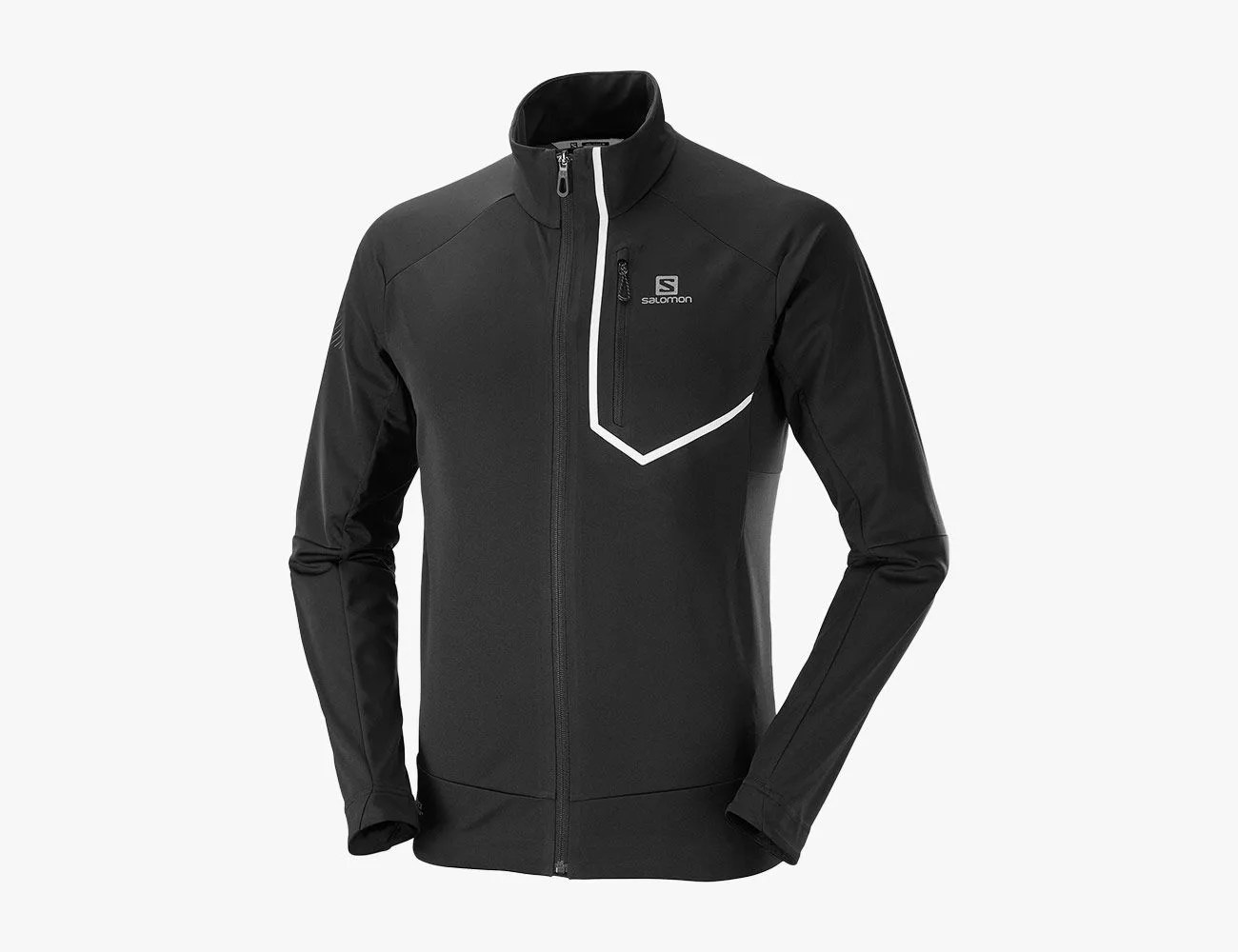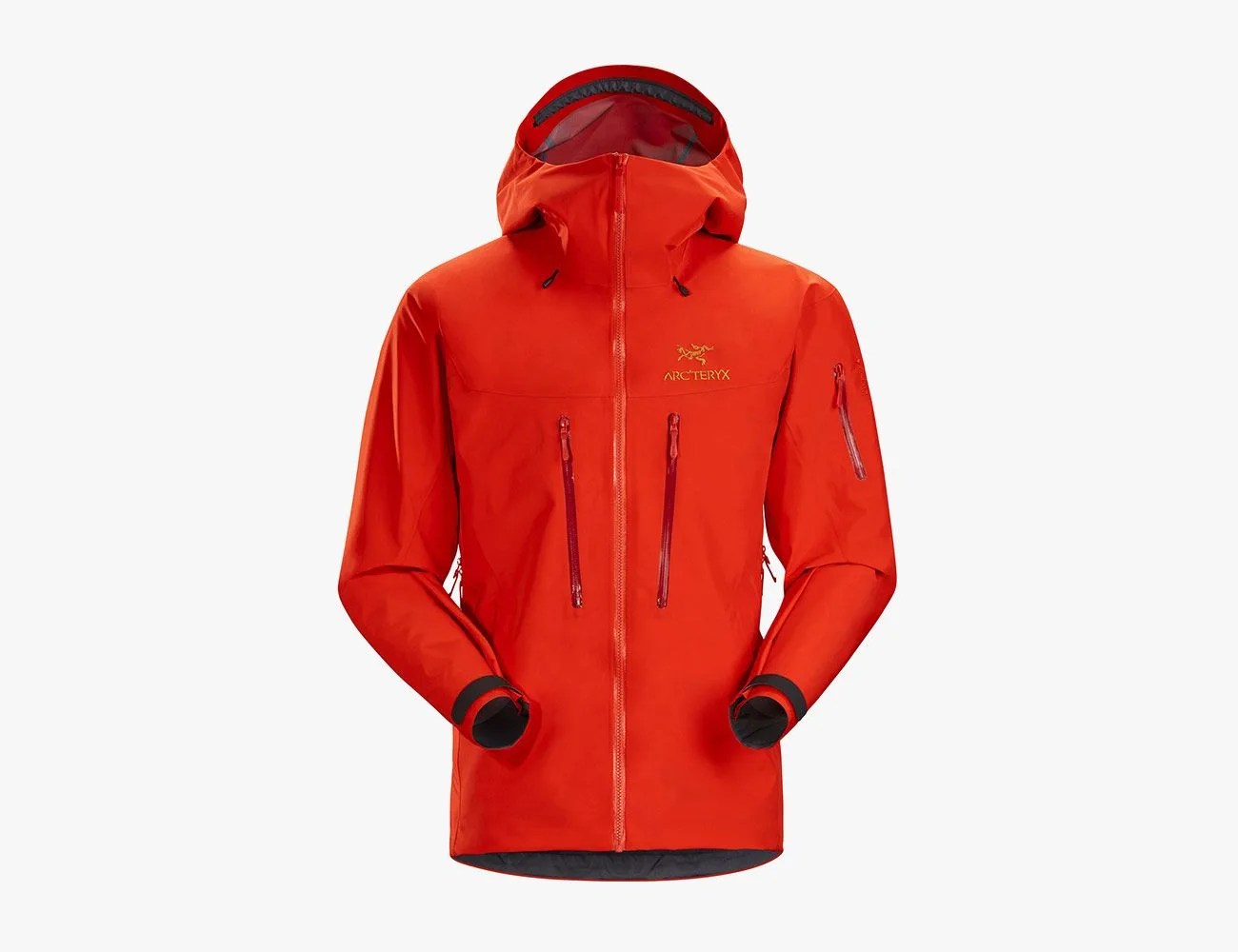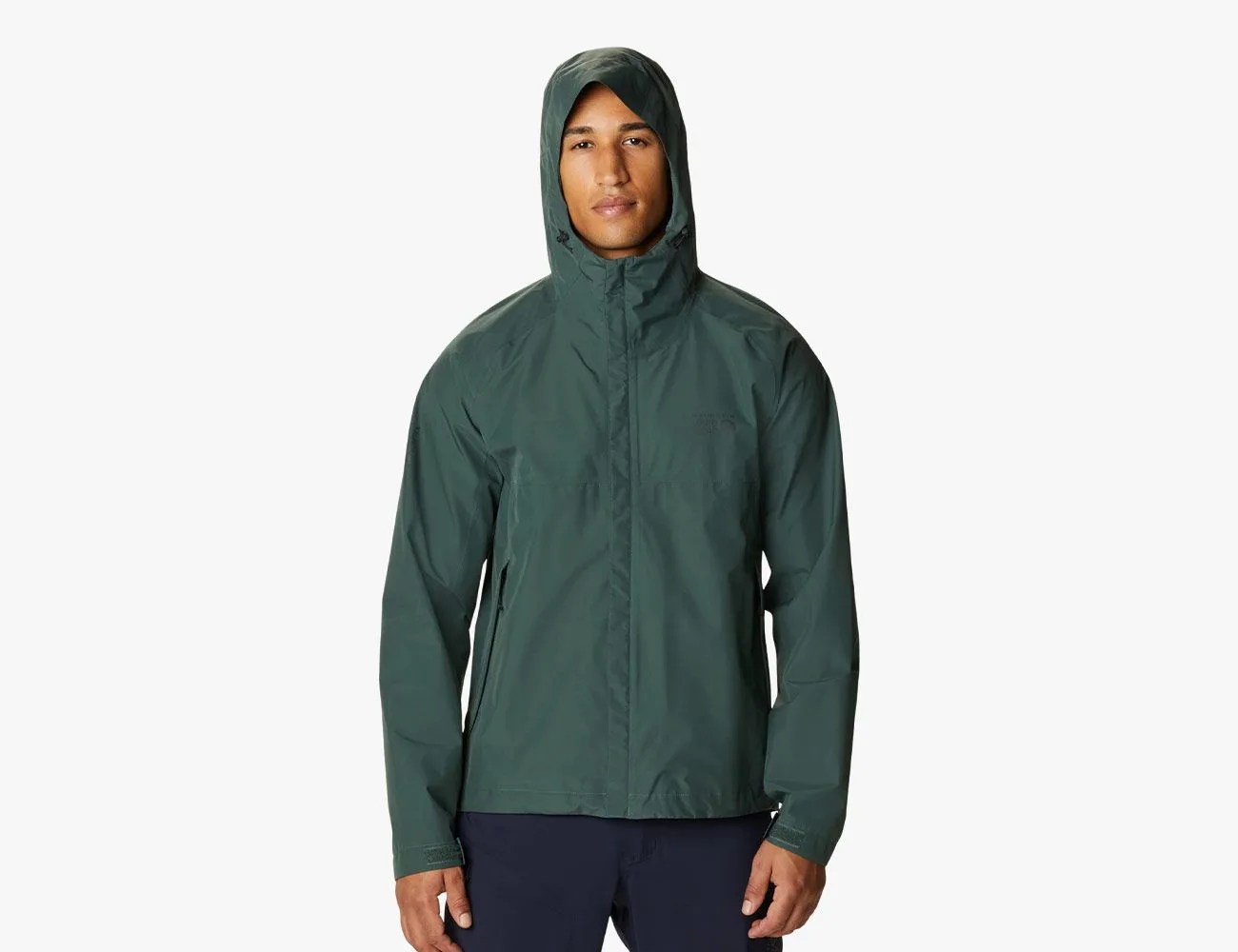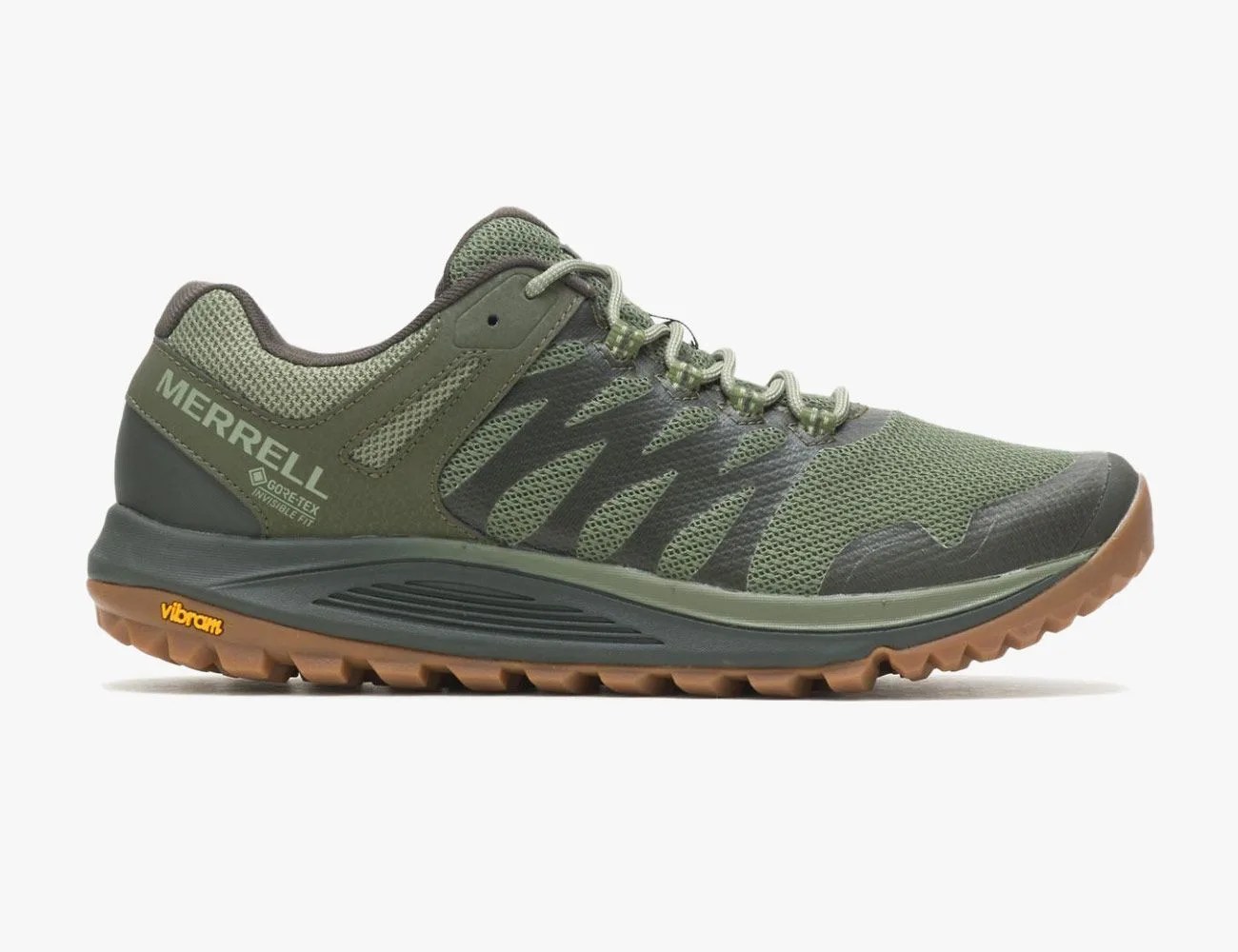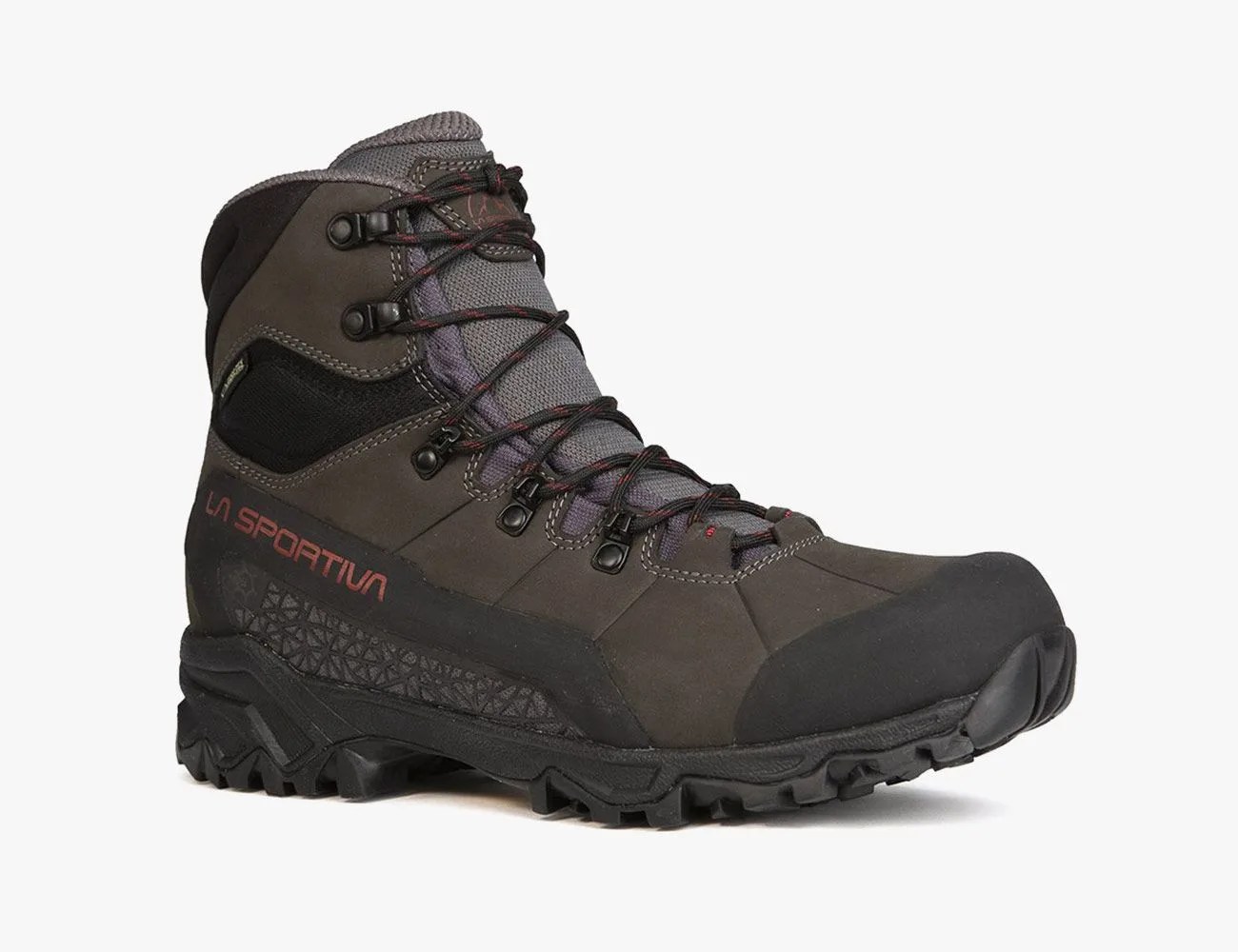Patagonia. Mountain Hardwear. Arc’teryx. Vasque. Lowa. Adidas. Salomon.
What do all of these brands have in common? They all use Gore-Tex, a name as ubiquitous and well-known in the outdoors community as the National Park Service, Leave No Trace or Smokey the Bear.
If you’ve shopped for outdoor gear, you’ve seen the black, diamond-shaped tag hanging from a jacket, shoe or pant: Gore-Tex is easy to find and yet hard to define.
Anyone familiar with it knows what Gore-Tex does — with it, apparel and footwear become wind-proof, waterproof and breathable. But how does the popular technology work, and in what ways can it be applied?
The History of Gore-Tex
In 1959, Bill and Genevieve Gore founded their eponymous company in the basement of their Delaware home. Bill had discovered a what he thought was huge potential in the synthetic polymer PTFE (polymer polytetrafluoroethylene), and so he quit his job to invest in his discovery.

Ten years later, in 1969, their son Bob made the discovery that led to the Gore-Tex membrane: he stretched the PTFE rapidly, which resulted in expanded PTFE (e-PTFE for short). The stretching had created a microporous material with a unique set of characteristics. Seven years later, Gore-Tex came on to the market.
